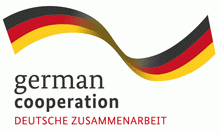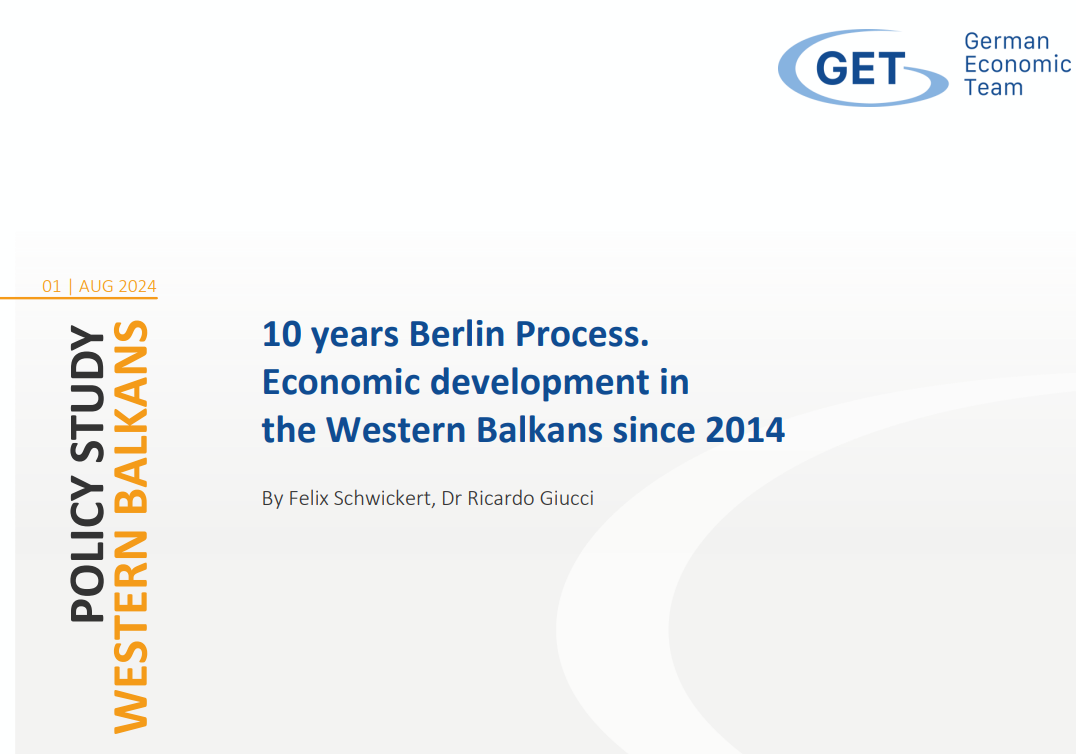A recent study published in August 2024 by Berlin Economics, authored by Felix Schwickert and Dr. Ricardo Giucci, offers a comprehensive analysis of the economic developments in the Western Balkans (WB6) over the past ten years. The study assesses key areas such as GDP growth, carbon intensity, foreign trade, alignment with EU standards, and foreign direct investment (FDI). Conducted under the framework of the Berlin Process, which has fostered regional cooperation since 2014, the study provides valuable insights into the challenges and successes of the region’s economic transformation.
Key findings are:
Resilient Economic Growth
Despite various crises, including emigration, the COVID-19 pandemic, and inflation, the WB6 countries have demonstrated impressive resilience. With an average real GDP growth rate of 3.1% per annum, Kosovo stood out with the highest growth rate at 4.1%, while North Macedonia reported the lowest at 2.0%. The region’s combined GDP now matches that of Ukraine, highlighting its steady economic progress.
High Carbon Intensity
One of the report’s critical findings is the region’s high carbon intensity. On average, the WB6 countries emit four times more CO2 per unit of GDP than the EU. While there has been some improvement, particularly in Albania where carbon intensity decreased by 36%, Bosnia and Herzegovina (BiH) and Kosovo remain among the highest emitters in the region.
Limited Regional Trade Integration
Although the EU remains the largest trading partner for WB6 countries, intra-regional trade within the WB6 continues to be underutilized. Obstacles such as customs barriers and non-harmonized product standards have prevented the region from realizing its full trade potential, despite existing agreements like CEFTA.
Convergence with EU Standards
The alignment of the WB6 countries with EU standards has made progress, particularly in trade policy and facilitation. However, significant disparities remain across policy areas. Montenegro has made the most substantial improvements, while North Macedonia lags behind, especially in areas like state-owned enterprise reforms and digital society policies.
Strong FDI Inflows
Foreign direct investment in the WB6 has steadily increased over the last decade, particularly in Montenegro and Kosovo. The study attributes this growth to favorable conditions such as low labor costs and tax incentives. Notably, greenfield investments have shifted toward higher value-added sectors since 2019.
The study sheds light on the economic resilience of the WB6, while also highlighting areas that need more focused reforms, especially in carbon reduction and regional trade integration. With continued alignment toward EU standards, the Western Balkans can further strengthen its position within the European economic landscape.
The full study provides detailed data and insights, available here.


